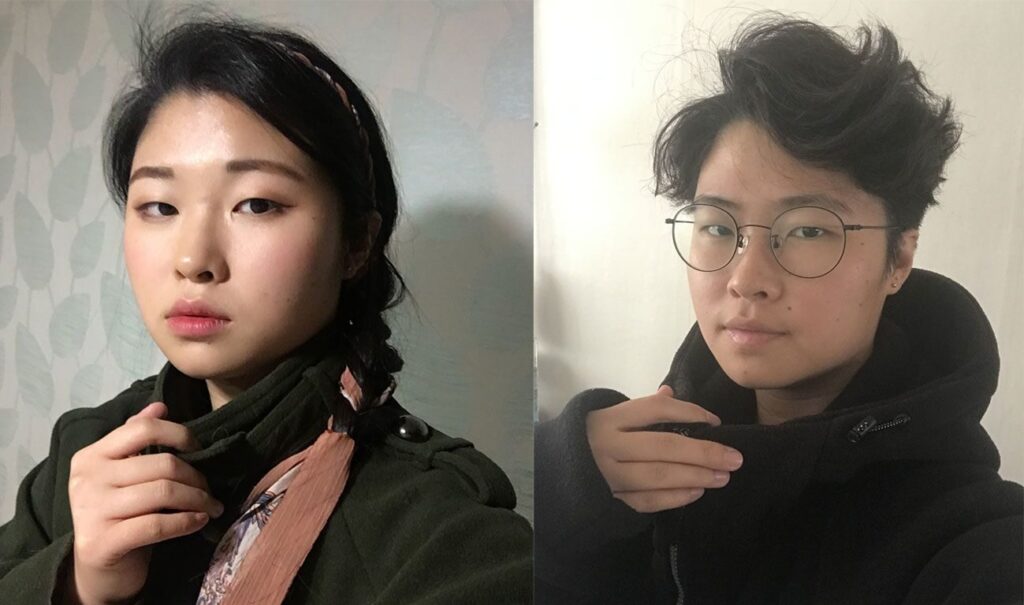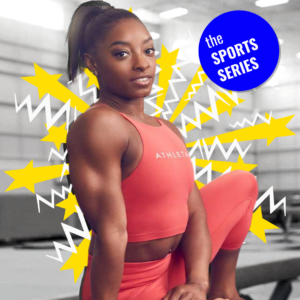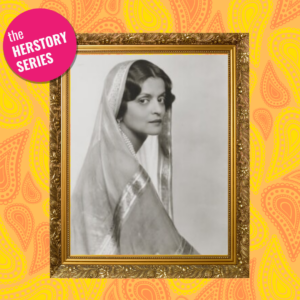Can you be a feminist and love clothes? Is shopping for the latest trends compatible with a commitment to gender equality?
Clothing may seem like a mere personal matter, but it has always been a powerful tool to enforce patriarchal control and a strict gender binary. Corsets constrict, long skirts get in the way, veils keep women invisible, and plunging necklines keep them overexposed. In A Vindication of The Rights of Women, a classic text of 18th century British feminism, Mary Wollstonecraft said that English women’s obsession with clothing kept them ignorant and narrow-minded: they were too busy “making caps, bonnets, and the whole mischief of trimmings, not to mention shopping” to learn about anything else. Today, women’s clothing continues to be less durable, to lack pockets, to be more sexualising, and to often come in ridiculously limited sizes. Trying to keep up with changing trends hurts our wallets and our self-esteem, and picking clothes which ‘slim’ and ‘flatter’ every morning is an exhausting form of emotional labour.
That said, everywhere you turn, women continue to be devoted to fashion. And it is not hard to understand why. Thinking about our appearance is fun and a valuable form of both individual and cultural creative expression. Shopping, making or swapping clothes means discovering new looks, new sides of ourselves, and revelling in the artistic dimension of the everyday. These pleasures and moments of joy are not frivolous or superficial but an important part of a full human existence. Women also continue to enthusiastically wear the very garments that feminists have historically criticised. Even the corset has made a 21st century comeback. For many people, flowy cottagecore dresses and sexy lingerie feel empowering, particularly in a society that often makes ‘feminine’ synonymous with ‘unserious.’ And being able to decide what you wear is a basic freedom, one that many women, i.e., in countries like Iran, continue to fight for.

How can we enjoy the freedom, creativity and pleasure that clothes give us without suffering their oppressive side? Today’s feminist movement seems to offer two responses. Some say true liberation is about being able to wear whatever you want. Others think the best way to fight oppression and sexual objectification is to break with feminine clothes. Both approaches have a point, but they are ultimately not quite right.
Take the case of ‘bimbo feminism’. Part of a wave of hyper feminine aesthetics sweeping the internet in the last few years, bimbocore has thrived on TikTok and been adopted by celebrities like Hailey Bieber and Ice Spice. The look of the proud, self-proclaimed ‘Gen Z bimbo’ is all about pink, tight-fitting clothes, glitter, sexy outfits, and nods to early 2000’s Paris Hilton. ‘Bimbo’ influencers like Chrissy Chlapecka and Griffin Maxwell highlight that bimbofication is fundamentally about loving yourself, rejecting internalised misogyny, defiantly wearing what makes you feel good and not being afraid of how the patriarchy might react. Unlike the early 2000s bimbo look, the ‘Gen Z bimbo’ is a liberating vision produced by women and femmes online, not manufactured by big business. In contrast with 2010s feminists, who were obsessed with pantsuits, leaning-in and being a ‘girlboss’, ‘bimbo feminism’ is all about being proud to be a girls’ girl, even if that means you’re not that great at maths.(Caution: deliberately mentioned stereotype.)
These new ‘bimbos’ may be right that you have to be willing to defy sexist expectations, but their rallying cry, “you are hot — wear what you want”, presupposes an unrealistic view of how we choose our clothes, or anything in life. What we want is always shaped by our upbringing, by the images we see and the people we talk to. The fact that we genuinely feel good wearing the latest trend isn’t a reflection of some deep mystical self. It’s more likely a combination of our personalities and of some exposure to glamorous celebrities and ads online. In other words, there is no sharp distinction that we can point to between dressing ‘for others’, and dressing ‘for ourselves’. So, when Chrissy Chlapecka says “I don’t do this for the misogynistic male gaze, I do it for my gaze! And dam, my tits look good!”, you have to wonder: would we care so much about our cleavage if the world didn’t?
Just because a woman chooses something — whether it’s a bubble pink miniskirt or a business suit — doesn’t automatically make it liberating. If you have ever heard of ‘choice feminism’, you might be familiar with this problem. For example, if someone chooses to put on blackface and claims it has nothing to do with racism, we will rightly criticise them. You can’t just decide that suddenly blackface has no history and that it doesn’t invoke anti-black racist stereotypes. Similarly, the staples of bimbocore also have a cultural history deeply tied to thinking of women as perpetual children and sex objects. The new ‘bimbos’ cannot make those associations go away simply by saying so. And if whatever women choose — bimbocore, being a tradwife or campaigning against abortion rights — is empowering, then feminism is a moot point and we lose the ability to have any conversations about gender and power.
We see a very different approach to the whole question of feminism and fashion in the ‘Escape the Corset’ campaign, launched around 2017 in South Korea. Escape the Corset encouraged young Korean women to destroy make-up items, cut their hair short and trade wardrobes full of sexy clothes for a few shorts and t-shirts. Activists showed their transformation in a viral wave of posts on social media. Their thinking: feminine beauty practices are oppressive, and so women should opt out of them to free themselves and fight the patriarchy. This way of thinking has a long history. In the 18th century, Wollstonecraft said that women should wear plainer clothes and turn to activities of real value: “gardening, experimental philosophy, and literature.” During the 1970s, women’s liberation activists promoted simple jeans and as the ‘uniform’ of their new movement. Today, activists like Cha Ji-won say that since she stopped “worrying about being ‘pretty’”, she has more mental energy and “time to read books and exercise”. Others, like Summer Lee, point out that her rejection of ‘sexy’ clothes is about “doing whatever I can for women’s rights”.
These young activists are clearly trying to chart a new path beyond oppressive norms. And yet, there also seems to be something not quite right about Escape the Corset. The idea of having a practical wardrobe that doesn’t get in the way of your everyday life is great, but why should that require ditching dresses? After all, a flowy ample skirt is no less practical than a pair of cargo shorts if you’re out and about on a hot day. There seems to be an implicit assumption in Escape the Corset that what men wear is neutral and liberating and that women’s wear is always humiliating and impractical. But maybe this, too, stems from internalised misogyny.

There is something off putting about the austerity of living with “just two shelves of shirts, trousers and underwear”, as Sumer Lee does. Fast fashion is a problem, but what is so terrible about enjoying a diversity of styles and looks? This seems like a creative form of self-expression that is anything but oppressive. There is a real worry that in Escape the Corset, we are trading one oppression for another, limiting our freedom to adorn ourselves and our bodies in the name of some abstract ‘liberation’. As Jennifer Baumgardner, the third-wave feminist writer and activist put it, “it’s just as oppressive to be told you can’t wear (…) Prada as it is to be told you must.”
‘Feminist bimbos’ see themselves as having desires and wants that are somehow immune from sexist societal influences. If they feel that a pink bodycon dress with a push-up bra is peak liberation, then, somehow, it is. But Escape the Corset sees individual women’s ideas as almost fully programmed by society. That is why they recommend rejecting everything you’ve ever wanted. But putting on a cottagecore dress doesn’t automatically make you a cog in the patriarchal machine. What we choose is never immune from social pressures, but neither is it just a product of them. Things are more complicated. The sexist world shapes us, but we also shape it back.
For example, even though we cannot fully control what our clothes convey, their meaning also depends on how we style them on our body. We can project very different things by wearing the same floral dress with sneakers, combat boots or stilettos. And while some of these looks may reproduce problematic ideas of women as delicate and dainty, others not so much. Similarly, there are many ways of caring about your wardrobe and they’re not all alienating and distracting. Showing off haul after haul of clothing on Tik Tok or spending most of your cash following micro-trends is different from taking time to find that perfect piece full of history at the thrift shop or bonding over a shared jumper with your flatmate. What is possible and makes sense for you always depends on other relevant factors that frame your experience, like social class, race, religion and (dis)ability.

Philosopher and feminist bell hooks gives us an example of feminist creativity in her description of her grandmother: Sarah Oldham, a working-class black woman in the American South, who was also a “style radical”. Unlike hooks’ own mother, who insisted that looking nice meant imitating what she saw on catalogues or advertisements, her grandmother Sarah did not play by bourgeois tastes and norms. She instead turned to other places for inspiration. “As a quiltmaker she was constantly creating new worlds, discovering new patterns, different shapes. To her it was the uniqueness of the individual body, look, and soul that mattered. From her I learned the appropriateness of being myself”, says hooks. Handmaking beautiful and highly individual folk textiles, instead of pricier pieces from catalogues, was a way for her to actively resist what hooks called the “imperialist white-supremacist capitalist patriarchy” and the feeling of lack and deprivation that it instilled on poor black women. Sarah Oldham did not shun beautiful clothes, but she tried to do things her way, without playing into the structures and norms that oppressed her. Similarly, we might try to follow this “example of personal freedom and creative courage” by neither shunning fashion, nor just buying into it as we find it. Reconciling feminism and a full wardrobe is really about finding your style. And while there is no magic list of ‘feminist-approved’ garments or a perfect ‘feminist’ amount of time and space to devote to wardrobe, there are better and worse ways to wear and care for our clothes.
How do we find them? Much in the same way that we find more liberating romantic relationships and more egalitarian workplaces. We ask ourselves questions, exercise critical judgement and talk to other people about it. Why is an exposed thong ‘cute’? What exactly is problematic about makeup? Does all makeup have that problem? We must refuse to settle for easy answers, including those of internet aesthetics, like bimbocore, or those viral Escape the Corset selfies. Internet aesthetics give us fully-curated, ready-made looks and personas. But to become feminist fashionistas we need to wrestle with the details and be open to an ongoing reflection about how our clothes buy into or push back against sexist social images and norms. This is always going to involve figuring out our own path and trying out new ways of doing things.














